This series of blog entries describes the scientific analysis of pigments and dyes used on the Leman Album designs.
As described in my previous instalment of the Leman analysis chronicle, the first MOLAB group came and went at the beginning of March 2017. Three weeks later, the second MOLAB group arrived from the National Institute of Optics (INO-CNR) in Florence, Italy, with their own portable scientific equipment, a multispectral imaging system.
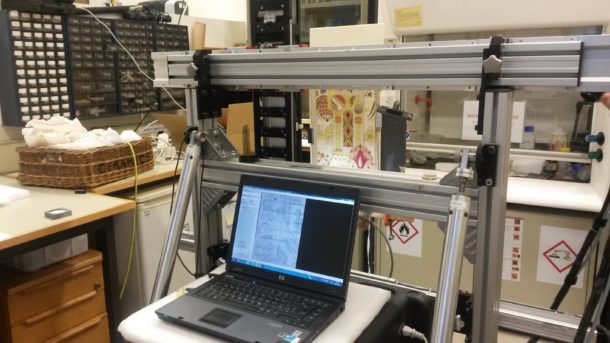
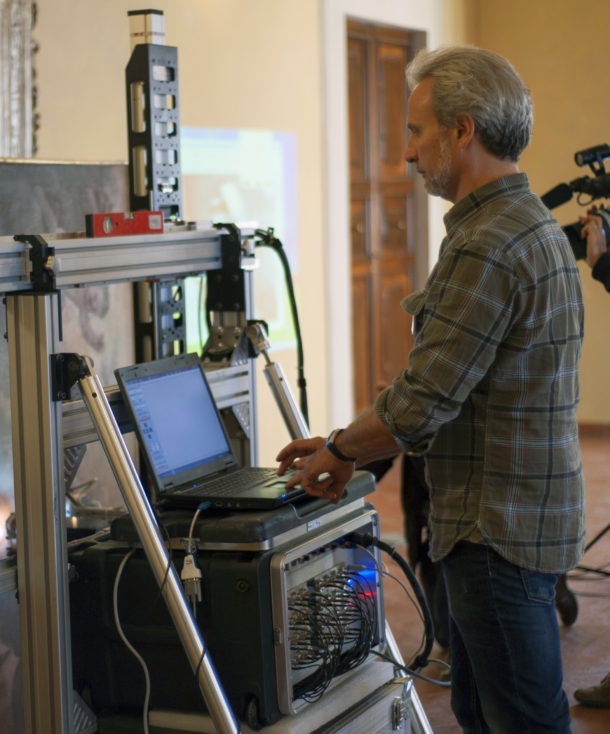
Multispectral imaging is a wonderful technique that uses visible and infrared light to reveal what may lie under the surface of an object.
It also provides information on the type of pigments and other materials which may have been used on the object. For example, when some of our Leman designs were investigated with this technique, we were able to see the pencil sketches under the colours and find out if Leman had changed his mind about his designs.
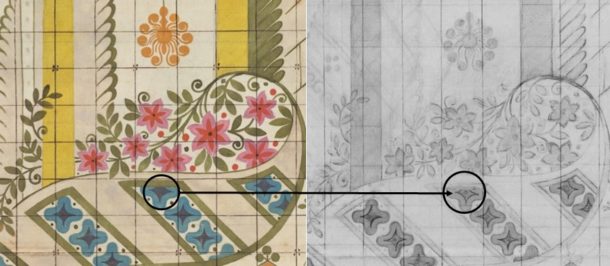
We could also spot areas that had been retouched at some point.
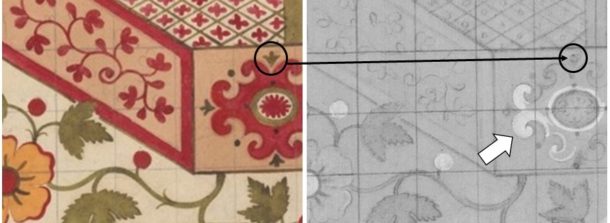
Three months later it was the turn of MOLAB 2, a group from the Centre for Research on the Conservation of Collections, Paris (known as the CRC). They came to the V&A with their hyperspectral imaging system and provided us with additional information about the materials and processes used to make the Leman designs.
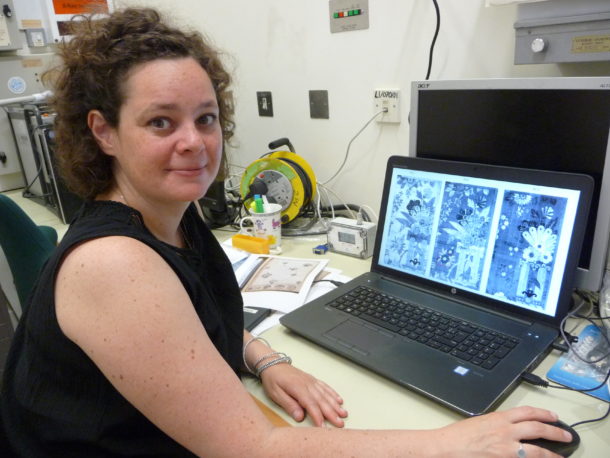
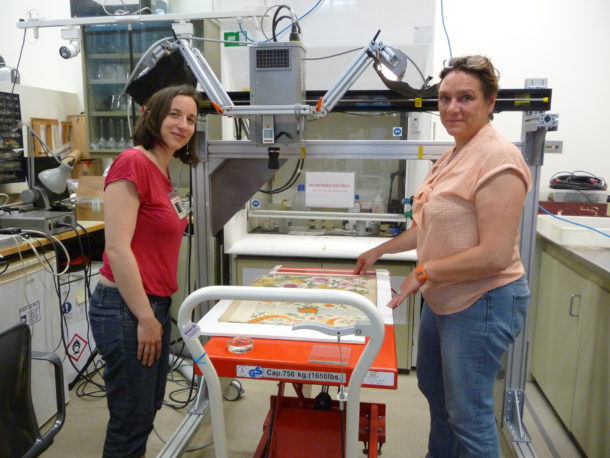
One of the best features of hyperspectral imaging is its ability to highlight areas that contain the same material.
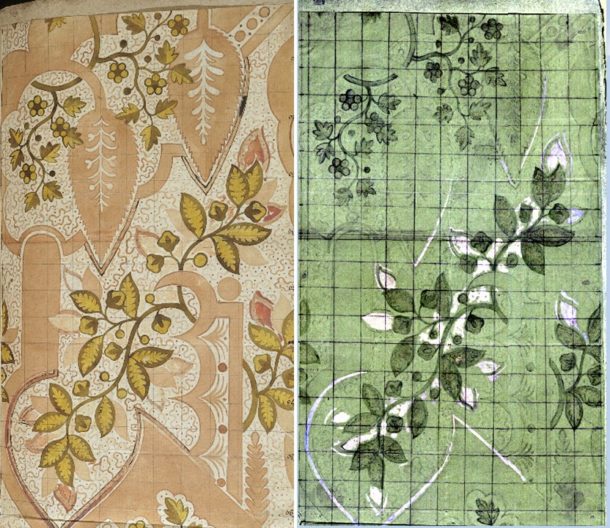
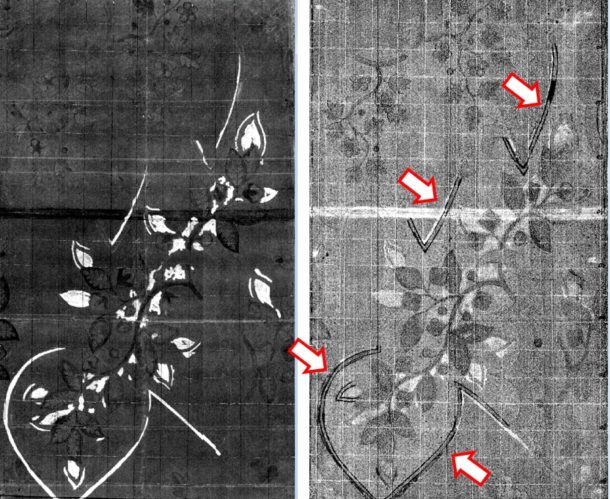
In my next blog I will show you more of the secrets revealed by the multispectral and hyperspectral images techniques.
Read other Leman blogs:
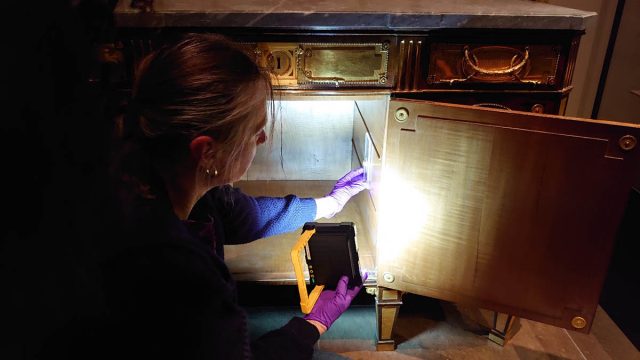
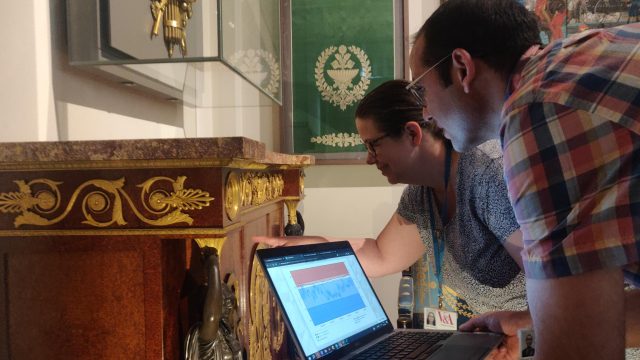
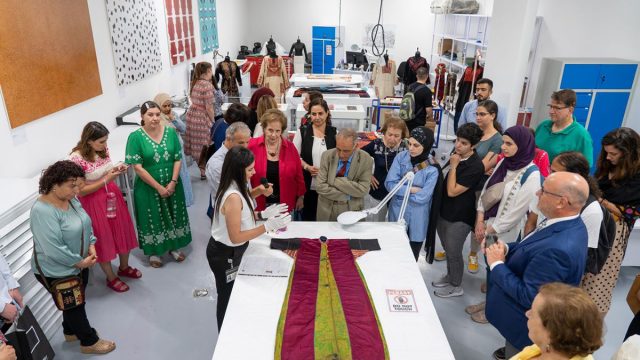
We took down to notice the game here.